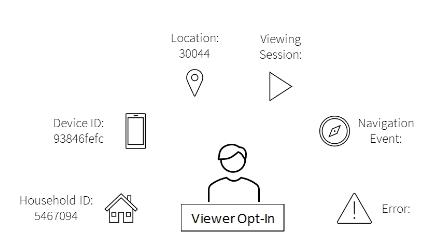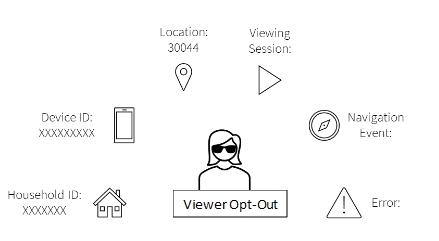Your access to viewer data for improving your business outcomes is greater than ever. But so are your and your users’ concerns over data privacy. As your trusted data partner, Synamedia works with you to handle your data privacy responsibilities toward both users and regulatory authorities.
We understand the need to ensure customer compliance with the most stringent privacy standards, including Europe’s GDPR and California’s CCPA, on the one hand, while deriving actionable business insights from your data on the other. This document will show you how Synamedia Clarissa strikes that balance, providing data-driven insights that better serve your viewers and improve your business, while delivering peace of mind.
As a Synamedia Clarissa customer, your protection does not stop with the viewer data you collect for insights. The solution’s data warehouse manages your entire data pipeline, including third-party data sources, while providing secured data streams to external BI tools and applications to give you a privacy compliant workflow that limits your data exposure.
Synamedia Clarissa utilises a wide variety of data and data sources to provide actionable insights so you can optimize your content catalogues, user interfaces, and business practices.
The data, however, can also be used to provide personalised content and experiences based on user behaviour. The use of personally identifiable information (PII) data – data that can be traced to an individual or household for targeting purposes – is the primary area of concern of most privacy laws and regulations worldwide.
According to data privacy compliance requirements, you need to give your end users the opportunity to opt out of using their PII data for targeting. Synamedia Clarissa, therefore, operates under one of two scenarios – viewer opt-in and viewer opt-out.
When a viewer consents to targeting, Synamedia Clarissa provides actionable insights that can be used to deliver personalised content and experiences, such as ads and promotions. The types of data gathered in this scenario include:
Household ID
Device ID
Device Information – e.g., device type, model, software version
Location – e.g., city, region, postal code
Viewing Sessions
Navigation Events
Errors

When a viewer opts out of data-based targeting, the PII data is encrypted, eliminating the possibility that any activity can be tied back to his/her individual or household identity. Non-PII data such as postal codes, as well as sessions, events and errors, remain anonymous, and can be used to provide aggregated metrics for generating insights.
